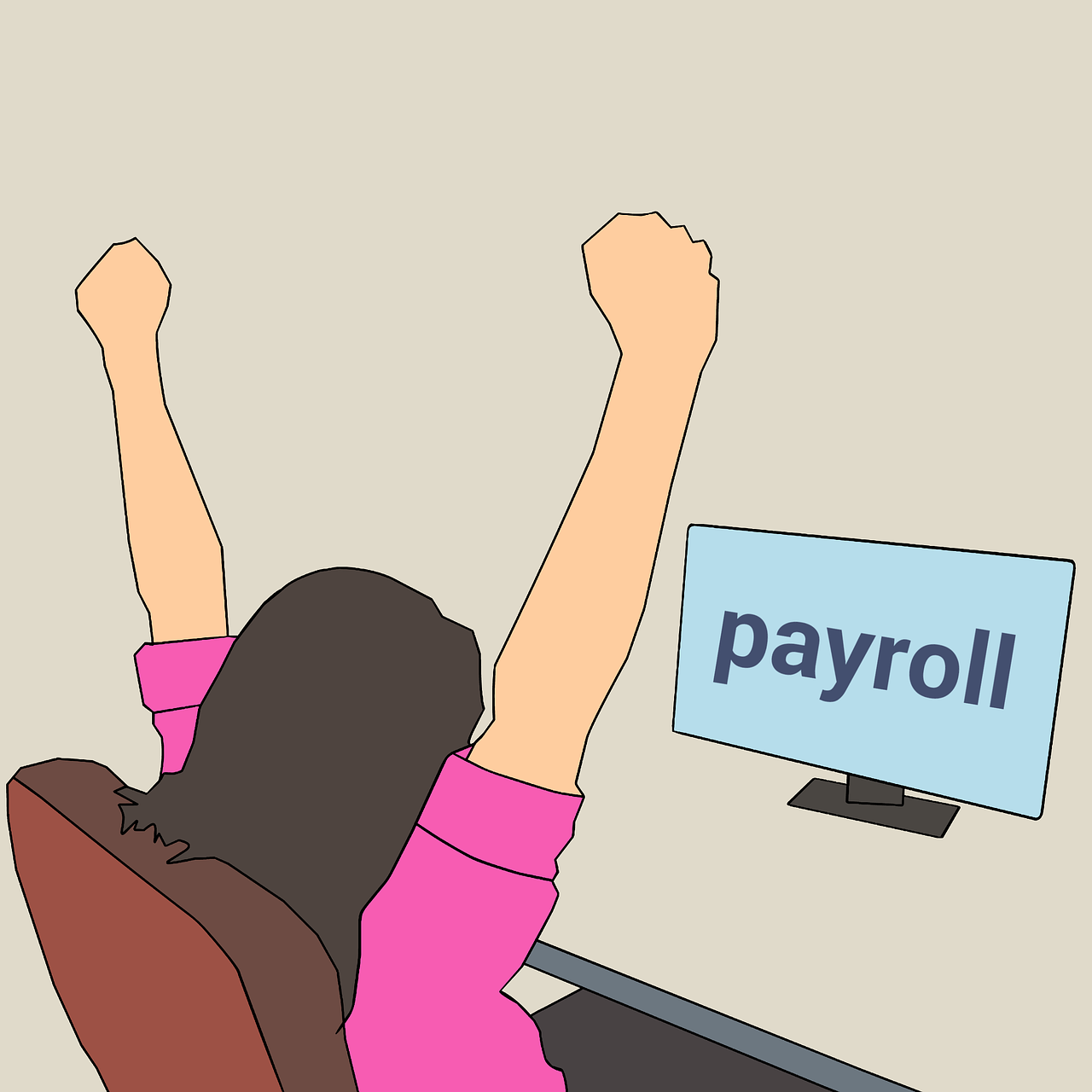Many businesses find the payroll process to be complicated and costly, often requiring significant time and manual effort to process employee payments accurately. HR (Human Resources) departments spend countless hours managing repetitive tasks, which increases the risk of human error and reduces overall efficiency.
The HR team is responsible for tracking and analyzing various aspects of employee management—such as performance, attendance, leave, compliance, and payroll details. Without automation, managing these activities efficiently becomes nearly impossible.
Importance of Payroll Software for Business
That’s where payroll software comes in. Especially in today’s digital era, payroll software enables HR professionals to manage tasks effortlessly, reduce manual errors, and maintain financial accuracy. Let’s explore how payroll software can benefit your business.
1. Automated Onboarding Process
Hiring new employees can be a tedious and time-consuming task for HR professionals. If the onboarding process is inefficient or disorganized, it can lead to errors and confusion.
With an automated onboarding system, employees can access all relevant information from a single platform. HR teams can monitor onboarding activities, generate reports, and streamline the entire process. This not only improves employee retention and productivity but also reduces recruitment costs.
Moreover, the need for physical documentation is eliminated. Employees can upload essential documents—like ID proof, bank details, and certificates—digitally and securely into a centralized database. A well-designed onboarding solution significantly improves employee satisfaction and operational efficiency.
2. Streamlined Leave and Attendance Tracking
Tracking employee attendance, working hours, leave, and absenteeism is essential, as these directly impact salary calculations and performance evaluations.
Traditionally, HR personnel relied on paper and spreadsheets for this data. This method is time-consuming, prone to errors, and requires extensive data analysis at the end of each payroll cycle.
Payroll software allows HR teams to define attendance policies and automatically track real-time attendance data, including:
- Overtime hours
- Shift schedules
- Daily and monthly attendance
- Grace periods
With accurate attendance tracking, salary and benefits calculations become seamless and error-free.
3. Saves Time and Improves Efficiency
HR managers often spend considerable time managing employee data throughout the employee lifecycle—from hiring to retirement. Payroll software reduces this burden by enabling employee self-service portals, where employees can:
- Upload and manage personal data
- Apply for leave and overtime
- Check leave balances
- View approval status for various requests
This empowers employees and allows HR teams to focus on strategic tasks instead of routine administration.
Payroll software can also automate the creation of offer letters and other employment documents, significantly reducing manual effort. Additionally, employees can download their pay slips, PF details, and tax summaries directly from the system—saving time for both employees and HR.
4. Minimizes Risks and Errors During Payroll Processing
Manually managing payroll is not only time-consuming but also highly prone to errors. Many organizations still rely on paper-based systems, which makes it difficult to accurately update information such as:
- Working hours
- Clock-in/clock-out times
- Deductions and bonuses
- Reimbursements
- Tax information
These gaps lead to payroll inaccuracies and compliance issues.
With automated payroll software, HR can perform complex payroll calculations in just a few clicks. The software also generates statutory compliance reports, which are essential for submitting to government agencies.
Some payroll systems are integrated with accounting software, allowing smooth transfer of payroll data, including journal vouchers (JVs) and PF reports. This integration enables real-time expense tracking and helps HR and finance teams monitor salary-related expenditures.
Moreover, payroll software comes with robust security features, ensuring that only authorized personnel can access sensitive payroll data.
Conclusion
Implementing payroll software is a smart investment for businesses of all sizes. It creates a more efficient, secure, and productive HR environment, helping organizations save time, reduce manual errors, ensure compliance, and improve employee satisfaction.
For small and growing businesses, payroll software is not just a convenience—it’s a necessity. It lays the foundation for a scalable and well-organized workforce management system, allowing companies to focus on what truly matters: growth and innovation.

